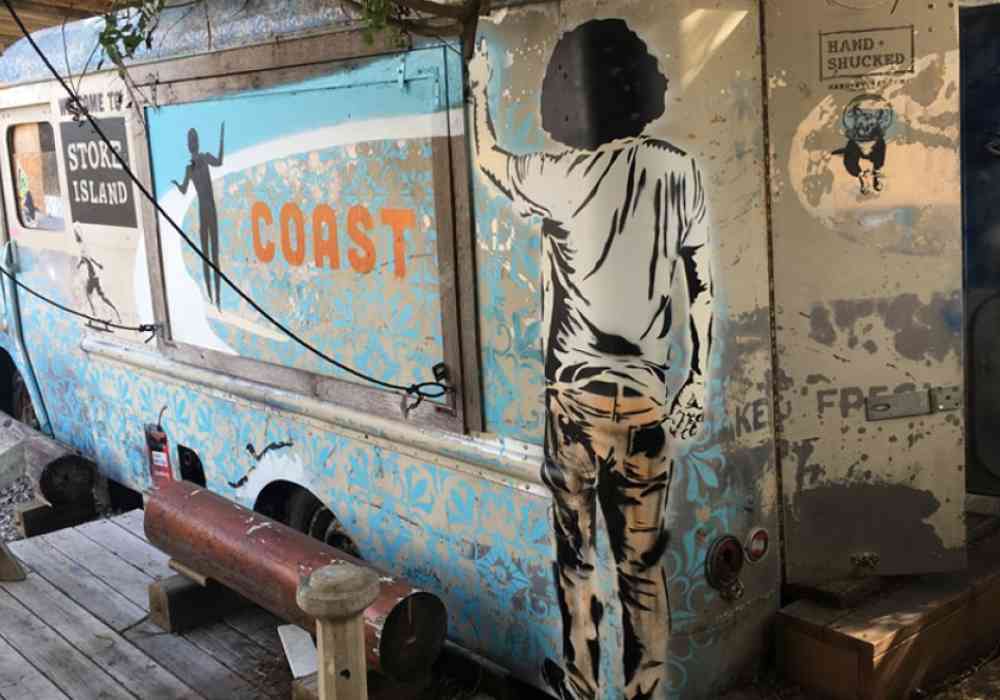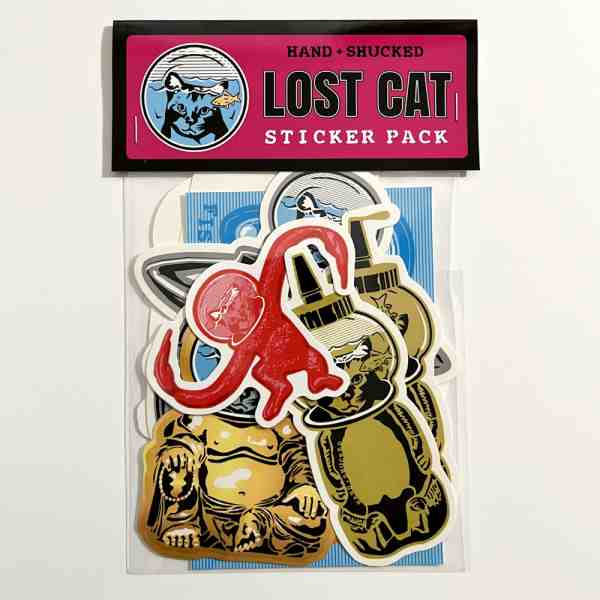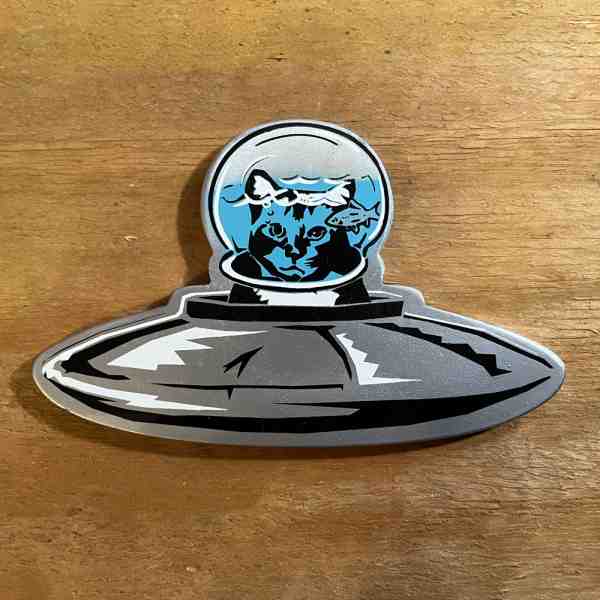Street Art Icons: 10 Artists Making Waves
Street art artists have transformed the once-criticized world of graffiti into a celebrated form of urban expression. These modern-day Picassos paint the walls of our cities, turning bleak corners into vibrant galleries. Street art, graffiti, and urban art have collectively evolved into a respected genre, breathing new life into forgotten neighborhoods worldwide.
- Street Art: Turns urban spaces into open-air galleries.
- Graffiti: Bold and spontaneous, often with social or political commentary.
- Urban Art: A broader term that includes various artistic experiments in city landscapes.
I’m Chris Higgins, and I’ve spent over a decade as a commercial designer before diving deep into street art. Through my journey, I’ve experienced first-hand the cultural and social impact of street art artists, fusing my creativity into the vibrant designs found at Handshucked Art and Designs. Let’s explore further how these street art icons are making waves in the art world.
Banksy: The Enigmatic Provocateur
When discussing street art artists, it’s impossible not to mention Banksy. This mysterious figure has captivated audiences worldwide with his thought-provoking and visually striking pieces. One of his most recognizable works, Balloon Girl, perfectly encapsulates his unique blend of political commentary and emotional depth.
The Power of Stenciling
Banksy’s art is characterized by his masterful use of the stenciling technique. This method allows him to create detailed and intricate designs quickly, making it ideal for the often rapid and clandestine nature of street art. His stencils frequently feature children, soldiers, and animals, each element carefully chosen to convey a powerful message.
A Voice for the Voiceless
Banksy’s work often tackles complex social and political issues. Through his art, he addresses topics such as war, consumerism, and the environment. His pieces are not just visually appealing; they provoke thought and encourage viewers to question the status quo. This combination of art and activism has cemented Banksy’s status as a leading figure in the street art community.
A Global Phenomenon
While his identity remains unknown, Banksy’s influence is undeniable. His works have appeared in locations worldwide, from the streets of London to the walls of the West Bank. This global reach highlights the universal appeal and impact of his art, transcending cultural and geographical boundaries.
In street art artists, Banksy stands out not only for his skill and creativity but also for his ability to inspire change and spark dialogue. His enigmatic presence continues to intrigue and challenge audiences, making him a true icon in the field of urban art.
Vhils: Revolutionizing Stencil Art
Vhils, a name synonymous with innovation in the street art scene, has taken the art of stenciling to new heights. Known for his monumental frescoes, this Portuguese artist has redefined how we perceive urban landscapes.
The Global Impact of Vhils
Vhils first gained international attention at the London Cans Festival in 2008, where his unique approach to stencil art captured the imagination of audiences. Invited by none other than Banksy, Vhils showcased his ability to transform ordinary surfaces into extraordinary works of art. This event marked a turning point in his career, propelling him into the spotlight of the street art world.
A New Approach to Stenciling
What sets Vhils apart from other street art artists is his unconventional use of tools. While traditional stenciling typically involves spray paint, Vhils employs jackhammers, drills, and chisels to carve his images directly into walls. This technique, known as “destructive creation,” allows him to create textured, layered works that reveal the stories hidden within urban environments.
Monumental Frescoes with a Message
Vhils’ frescoes are not just visually impressive; they carry powerful messages about identity, culture, and the passage of time. By revealing the layers of a city’s history through his art, Vhils encourages viewers to reflect on their surroundings and consider the impact of urbanization on communities.
In the field of street art artists, Vhils stands out for his ability to blend traditional craftsmanship with modern themes. His work continues to inspire and challenge perceptions, making him a pivotal figure in the evolution of urban art.
ROA: The Animal Muralist
ROA, a Belgian artist from Ghent, has made a name for himself with his striking black and white murals. His art often depicts animals, focusing on species classification and the natural world. These murals can be spotted across various locations, capturing the attention of both art enthusiasts and casual passersby.
Black and White Murals
ROA’s choice of a monochromatic palette is deliberate. By using black and white, he emphasizes the stark contrasts and intricate details of the animals he paints. This simplicity allows the viewer to focus on the form and texture of each creature, highlighting the beauty and complexity of the natural world.
Focus on Species Classification
A significant theme in ROA’s work is the classification of species. He often portrays animals that are native to the area where the mural is located. This approach not only grounds his art in its environment but also raises awareness about local wildlife and ecological issues. By painting these creatures on urban canvases, ROA invites city dwellers to consider the often-overlooked fauna that shares their space.
Rodents and Birds
Rodents and birds frequently appear in ROA’s murals. These animals are typically seen as common or even pests, yet ROA’s art lifts them, showcasing their unique characteristics and roles within ecosystems. His depictions encourage viewers to reconsider their perceptions of these creatures, fostering a greater appreciation for all forms of life.
ROA’s work stands out among street art artists for its focus on nature and environmental themes. His murals not only beautify urban spaces but also provoke thought and discussion about the relationship between humans and the natural world.
Eduardo Kobra: Kaleidoscopic Landscapes
Eduardo Kobra, a street art artist from Brazil, transforms urban spaces into vibrant displays of color and meaning. Known for his kaleidoscopic murals, Kobra’s art is not just visually striking—it carries powerful political messages, addressing global issues such as global warming and deforestation.
Political Messages in Art
Kobra uses his art to convey urgent political messages. His murals often depict influential figures or scenes that prompt viewers to reflect on social and environmental issues. By placing these messages in public spaces, Kobra ensures that his art reaches a wide audience, sparking conversations and raising awareness.
Highlighting Global Warming
One of Kobra’s recurring themes is global warming. Through his use of vibrant colors and dynamic compositions, he highlights the urgency of climate change and its impact on the planet. His murals serve as a call to action, urging people to acknowledge the reality of global warming and work towards sustainable solutions.
Addressing Deforestation
Deforestation is another critical issue that Kobra tackles in his art. His murals often depict lush, vibrant forests alongside barren landscapes, illustrating the stark contrast between nature’s beauty and the destruction caused by human activity. By showcasing these images, Kobra aims to raise awareness about the importance of preserving natural habitats and the devastating effects of deforestation on the environment.
Kobra’s kaleidoscopic landscapes not only beautify urban areas but also serve as a powerful tool for social change. His work exemplifies how street art artists can use their platforms to address pressing global issues, encouraging viewers to engage with and act on the challenges facing our world today.
Invader: The Pixelated Street Artist
Imagine walking down a street in a bustling city and spotting a familiar character from an 80s video game. That’s the magic of Invader, a street art artist who turns urban spaces into a playful tribute to digitalized reality.
80s Video Games Come to Life
Invader’s work is all about nostalgia. He uses iconic 80s video game characters, like those from Space Invaders, to create art that’s both familiar and innovative. These characters are made from small, colorful tiles, resembling the pixelated graphics of early video games. It’s like seeing your favorite childhood games come to life on city walls.
An Urban Tribute
Invader’s art isn’t just about games; it’s an urban tribute. By placing these pixelated figures in public spaces, he transforms ordinary cityscapes into interactive art galleries. Every piece is carefully chosen to fit its surroundings, creating a dialogue between the artwork and the environment.
A Digitalized Reality
In a world increasingly dominated by digital technology, Invader’s art reflects our shifting reality. His work bridges the gap between the digital and physical worlds, reminding us of the digital roots that have shaped modern culture. It’s a playful nod to the past, while also highlighting how digital art can transform our perception of urban spaces.
Invader’s unique approach shows how street art artists can blend nostalgia with modernity, creating engaging and thought-provoking art in the process. His pixelated masterpieces invite us to pause, reminisce, and appreciate the evolving landscape of street art.
Frequently Asked Questions about Street Art Artists
Who is the most famous street artist?
Banksy is often hailed as the most famous street artist in the world. Known for his mysterious identity and provocative art, Banksy uses his work to comment on politics, society, and culture. His pieces, like “Balloon Girl,” have become iconic, capturing the public’s imagination with their mix of humor and sharp social commentary.
Another notable figure is Richard Hambleton, who was a pioneer in the street art scene during the 1980s. Known as the “Shadowman,” Hambleton painted haunting silhouettes on buildings across New York City, leaving a lasting impact on urban art.
Keith Haring also stands out as a legendary street artist. His vibrant, pop art-inspired murals and public works brought attention to social issues like AIDS awareness and apartheid, making his art both accessible and deeply meaningful.
Who is the father of street art?
Blek le Rat, born Xavier Prou, is often referred to as the “father of stencil graffiti.” Starting his work in Paris during the early 1980s, Blek le Rat pioneered the use of stencils in street art, a technique that allowed for quicker, more precise creations. His influence is evident in the work of many street artists, including Banksy, who has acknowledged Blek le Rat’s impact on his own style.
Blek’s art often features political and social themes, using the streets of Paris as his canvas to challenge and inspire viewers. His innovative approach laid the groundwork for stencil graffiti as a powerful medium in urban art.
Who were the graffiti artists in the 2000s?
The 2000s saw the rise of several influential graffiti artists who pushed the boundaries of street art. Banksy continued to gain prominence during this time, known for his satirical street art and subversive epigrams. His work often made bold statements on consumerism, war, and government surveillance, capturing the attention of a global audience.
Other notable figures include artists like Shepard Fairey, whose “OBEY” campaign and the iconic “Hope” poster for Barack Obama’s presidential campaign became cultural phenomena. These artists used their platforms to address pressing issues, blending art with activism.
The 2000s were a transformative period for street art, as artists like Banksy and others began to gain recognition not just on the streets, but in galleries and museums around the world. This era marked a shift in how street art was perceived, from a fringe activity to a respected art form with significant cultural impact.
Conclusion
At Handshucked Designs, we believe in the transformative power of street art and its ability to connect communities, tell stories, and inspire change. Based in the vibrant city of Key West, Florida, our mission is to bring the essence of urban art into everyday life through our unique creations.
Our original art pieces, like the renowned “Lost Cat” and “Hungry Manatee” series, capture the playful and thought-provoking nature of street art. These works not only reflect the cultural richness of Key West but also echo the global street art movement’s spirit of innovation and expression.
Whether it’s through hand-printed apparel or our captivating art series, we strive to make art accessible and meaningful to all. Our commitment to originality and creativity sets us apart, making Handshucked Designs a guide for those who appreciate the bold and the beautiful in urban art.
Find more about our journey and explore our unique offerings at Handshucked Designs. Join us in celebrating the dynamic world of street art and its changing impact on culture and society.





